TEMPO.CO, Jakarta - Komodo Island, located in East Nusa Tenggara, Indonesia, has become an increasingly popular global destination, receiving constant visits from foreign tourists. On the one hand, tourism can stimulate the economy. However, it also poses potential threats, particularly to the Komodo dragon (Varanus komodoensis), the largest living prehistoric reptile to date.
Wildlife observer Raden Wisnu Nurcahyo said his research on parasite diseases in Komodos highlights the correlation of massive tourism with the population threat on Komodo Island.
"Parasitic diseases, worm infestations, and infections from humans can also affect the komodo population," said Wisnu, who is also a professor at the Faculty of Veterinary Medicine at Gadjah Mada University (UGM), Yogyakarta, on Thursday, September 25, 2025.
According to Wisnu, in the effort to preserve wildlife like the Komodo, there is a sacred concept, "one health one welfare." The concept emphasizes that human health, animal welfare, and the environment are inseparable and interdependent. The regeneration of living creatures continues with the support of their environment, ecosystem, and habitat.
Meanwhile, environmental pollution caused by increasing waste from the tourism industry can affect the food chain and disrupt the life cycle of the creatures within it.
"Excessive natural exploitation for tourism has downstream effects, such as an increasing potential for plastic waste and even the transmission of diseases from humans to animals, which can disturb the ecosystem's balance," said Wisnu.
When the environment around these creatures is polluted, the main prey of the Komodo, such as deer or buffalo, are also threatened with extinction or depletion. This could have a serious impact on the Komodo's life cycle. "If we want the komodo to stay healthy, its environment must also be preserved," added Wisnu.
Wisnu reminds us that the Komodo is an authentic symbol of pride for Indonesia, just like tigers, elephants, orangutans, and various other endemic wildlife. "If its population continues to decline, the Komodo may end up like dinosaurs, merely recorded in history books that are left unattended," he said.
Therefore, in addition to research and policy, he believes that more intensive campaigns are needed to highlight the existence of the Komodo as an endemic wildlife in Indonesia, regardless of the profits that can be gained.
"Komodo conservation is not just about saving a rare species, but also an effort to maintain ecological balance, human health, and the nation's identity," he said.
Aji Winarso, another researcher from the UGM Faculty of Veterinary Medicine, said that the Komodo population, estimated at only 3,000 individuals worldwide, faces threats from various factors.
Aside from human activities, other threatening factors include habitat destruction, fragmentation, inbreeding, competition for food with humans, climate change, illegal trade, and zoonotic diseases.
"Good conservation should aim to minimize contact between wildlife and humans as much as possible. This is why komodos are called wildlife, because they must be released into the wild," said Aji, who is currently focused on researching komodos.
Aji stated that conservation cannot be separated from the local community. He mentioned ethno-conservation in Komodo Island, where the Komodo is viewed as a human's cousin; thus, there is no choice but to help protect them, even though Komodos often prey on the locals' livestock.
According to him, ethno-conservation could be a principle to prevent human extractive behavior using nature as a source of livelihood. Additionally, education and empowerment are important strategies for conservation that align with human welfare.
The Komodo, as an endemic wildlife in Indonesia, has been classified as endangered by the IUCN since 2021 and listed in Appendix I of CITES, which means it is a protected animal population threatened with extinction. "It is estimated that there are only around 3,300 individuals in the world, so the existence of the komodo needs serious attention," he said.
Editor's Choice: The History of Semarang Old Town, Built by the VOC
Click here to get the latest news updates from Tempo on Google News

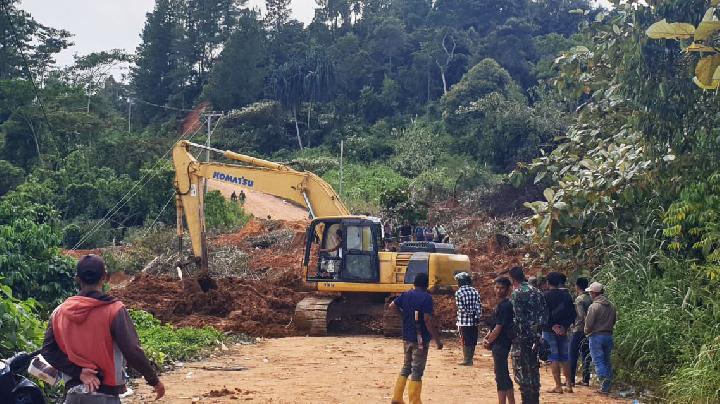






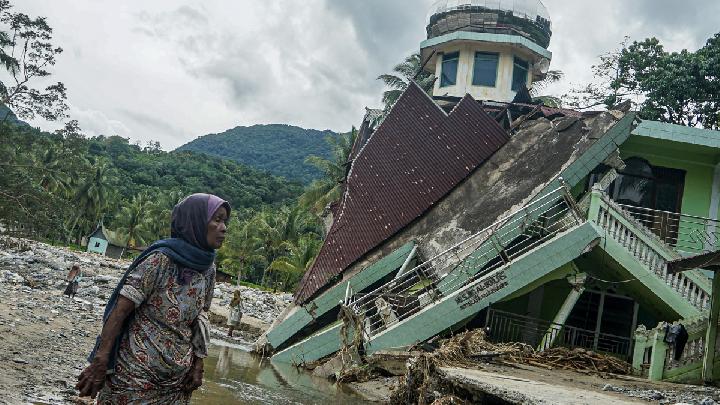






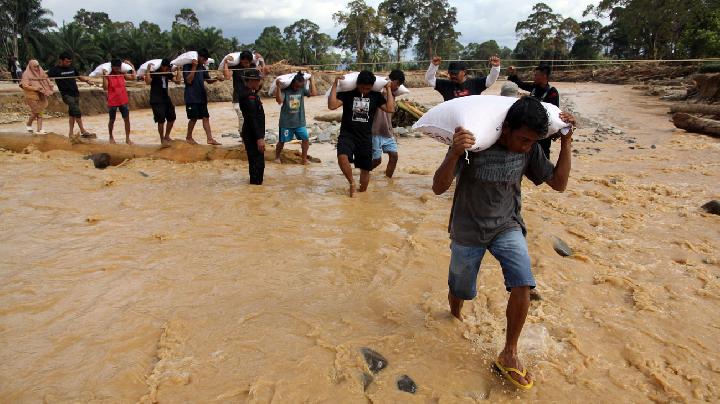


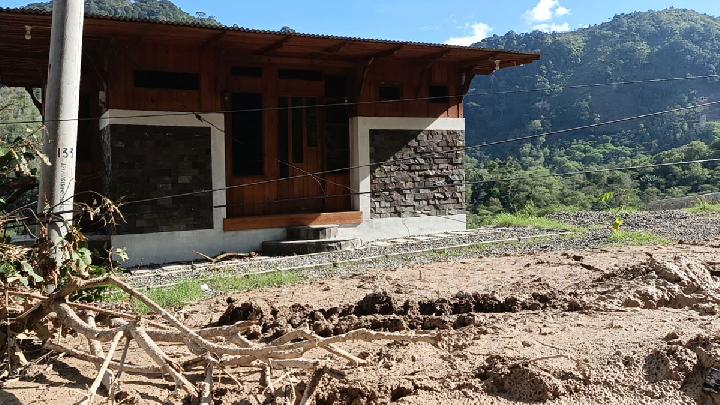

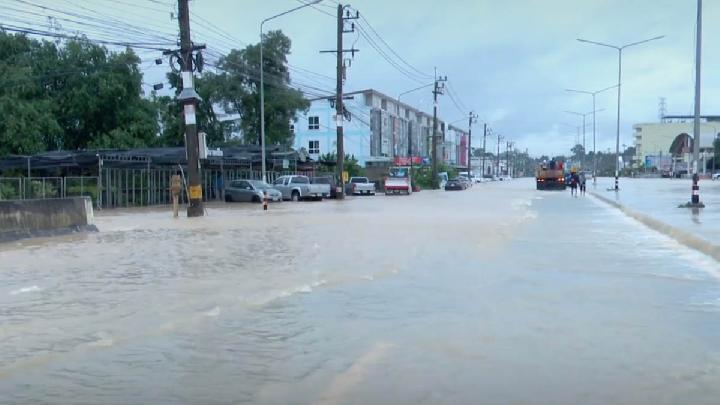










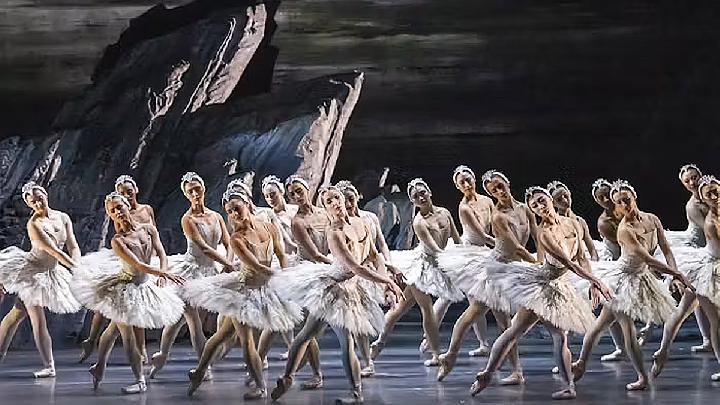






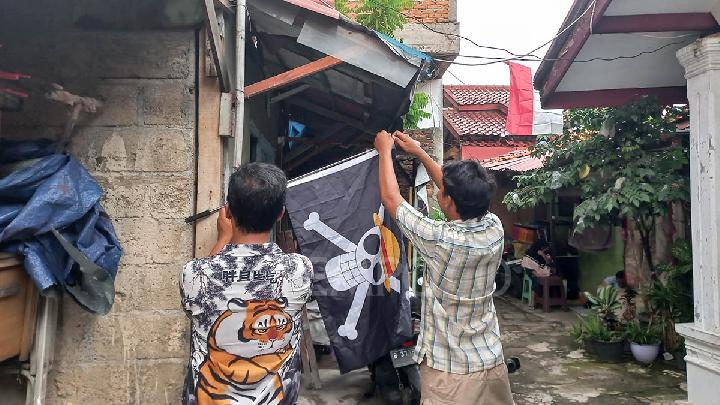

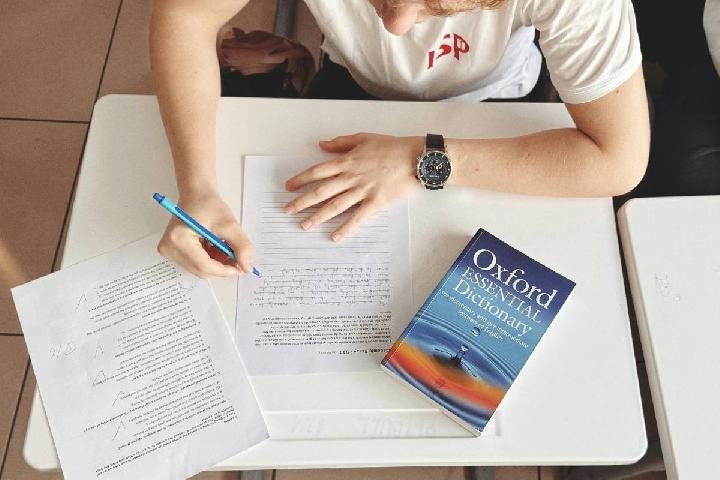

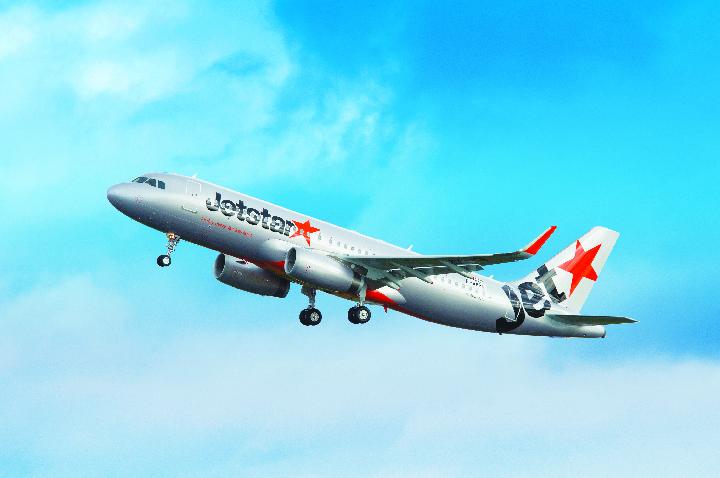


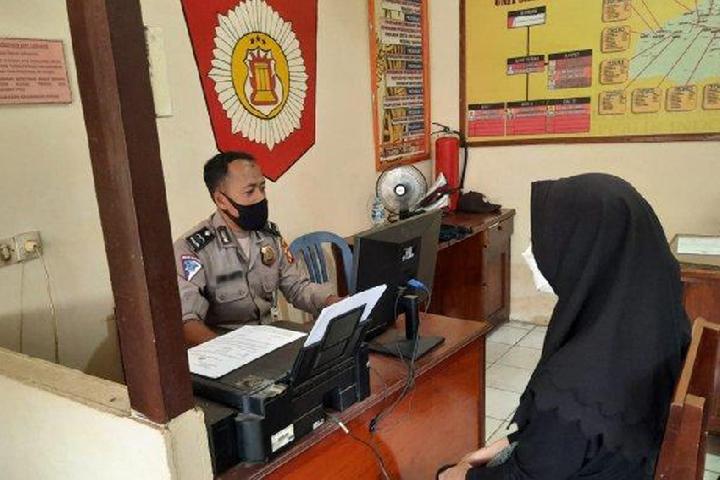


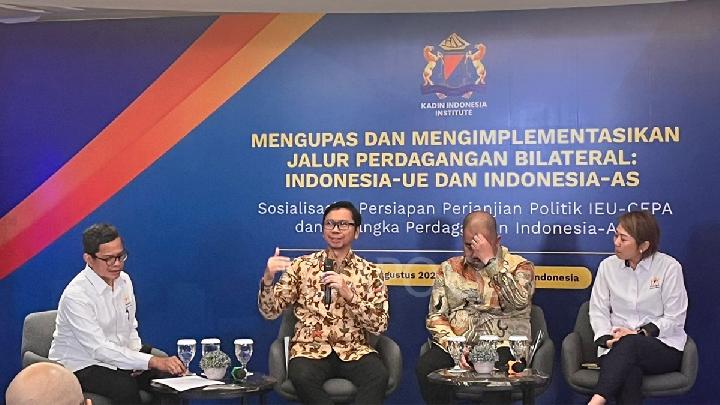

:strip_icc():format(jpeg)/kly-media-production/medias/5243277/original/092151900_1749100247-front-view-cute-little-boy-listening-music.jpg)